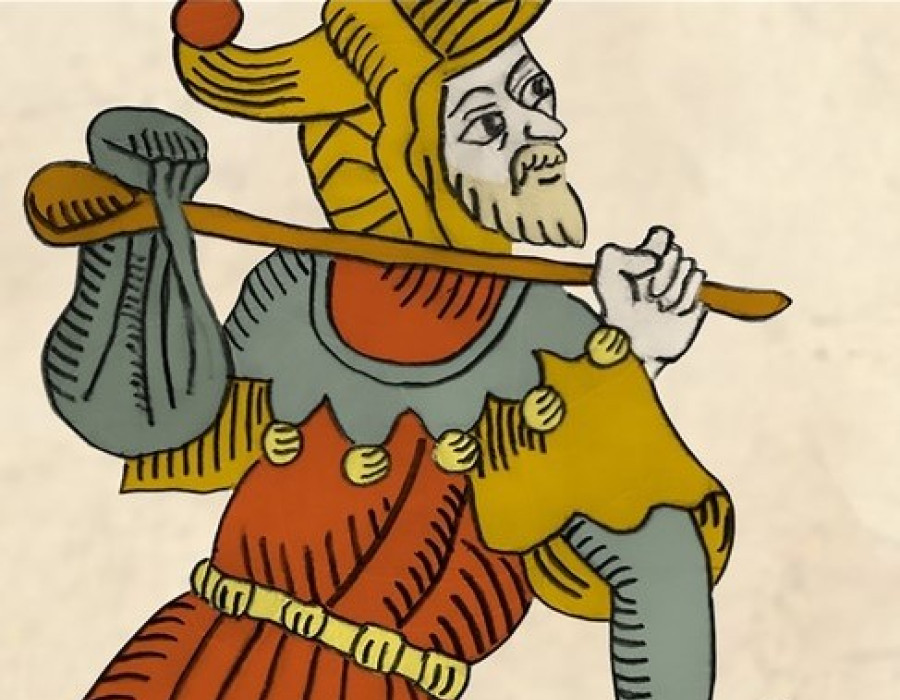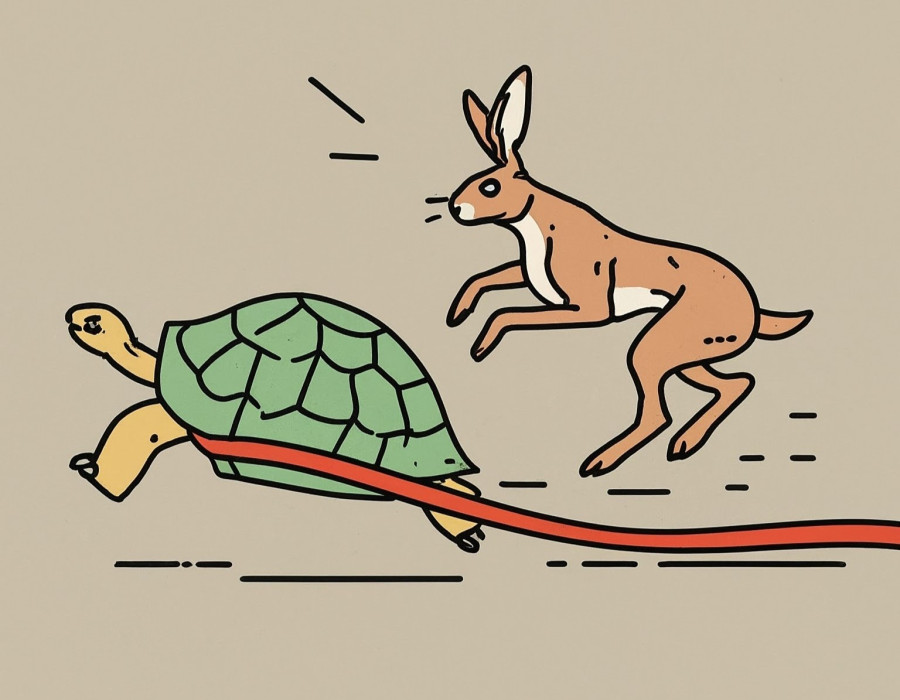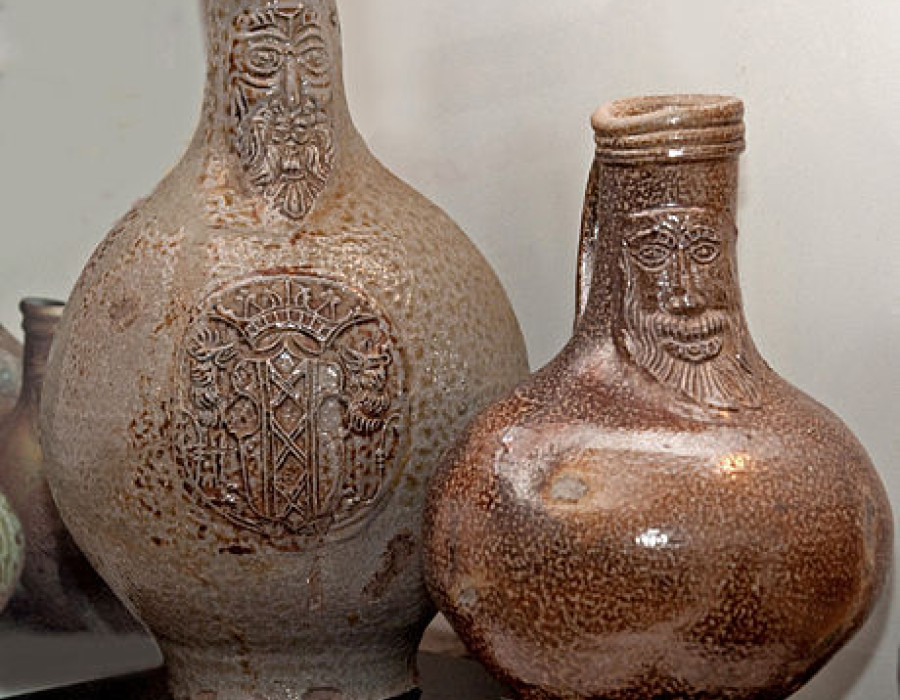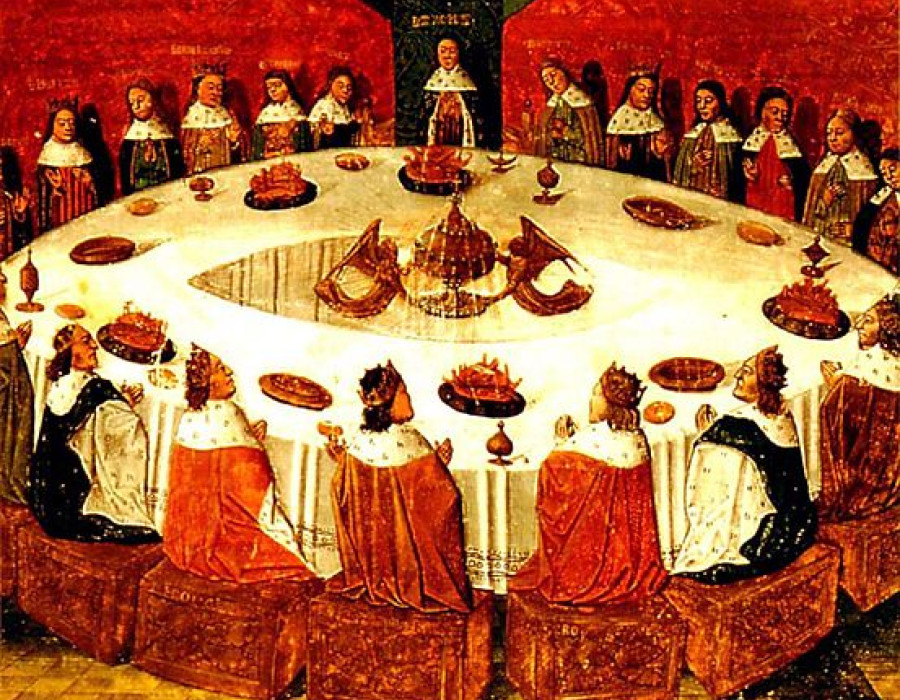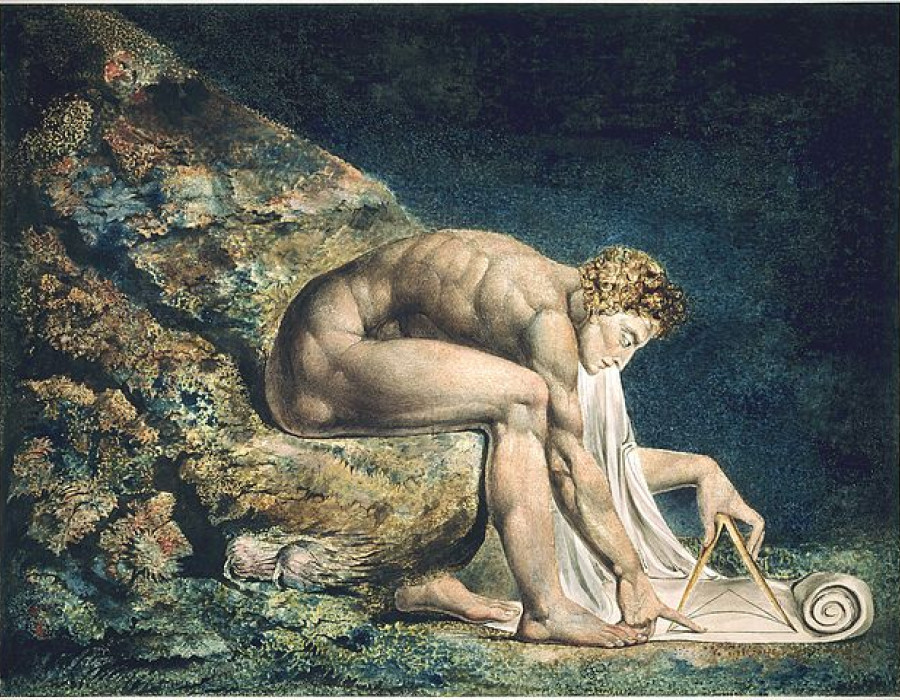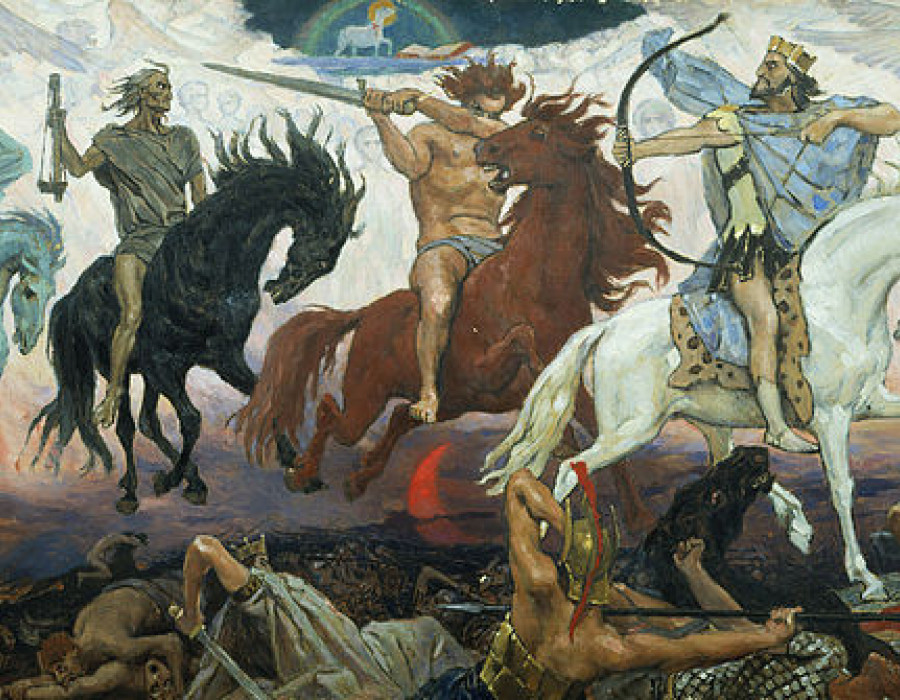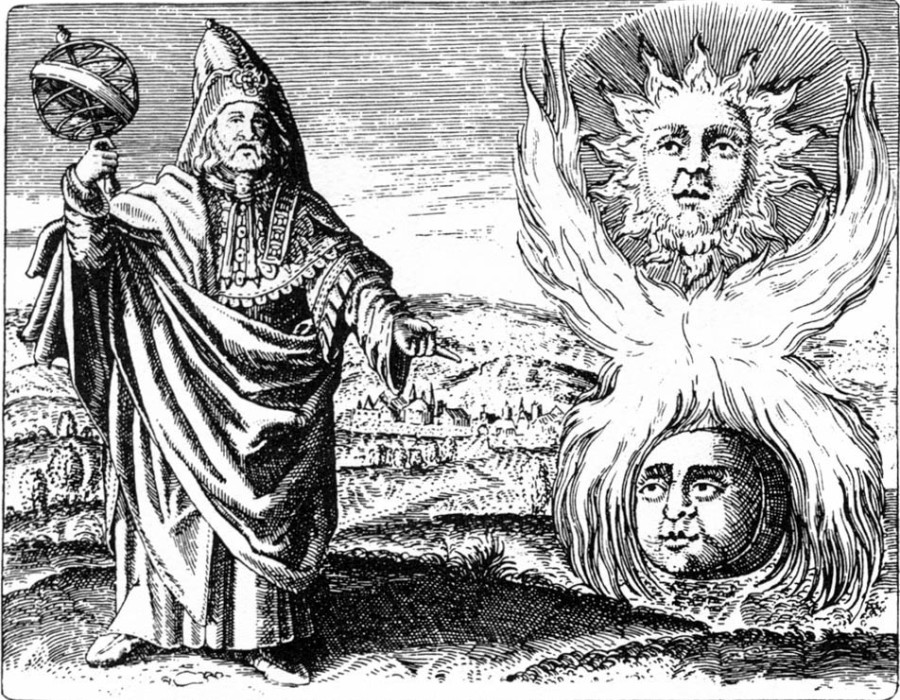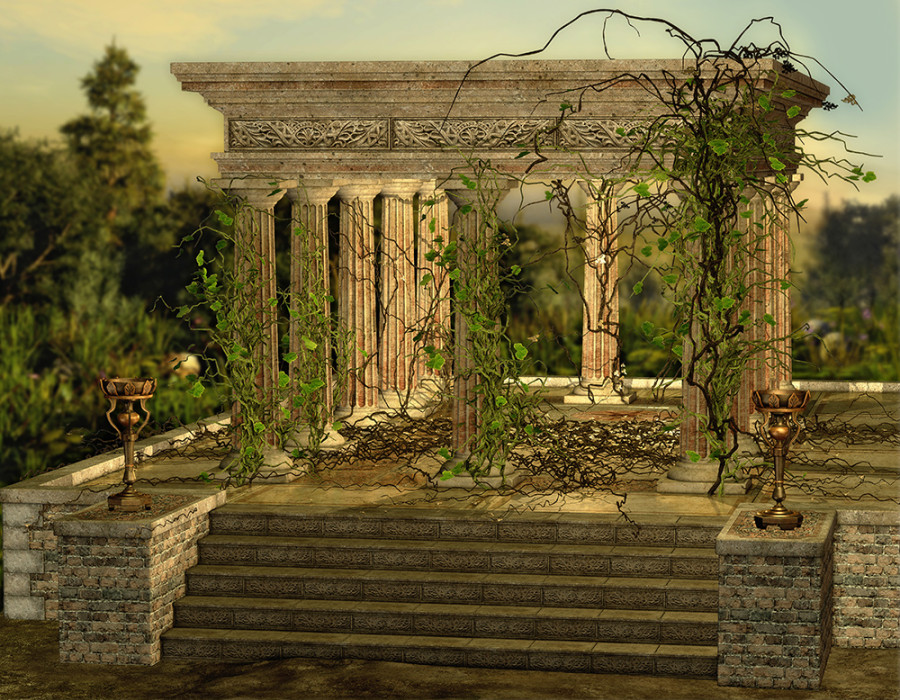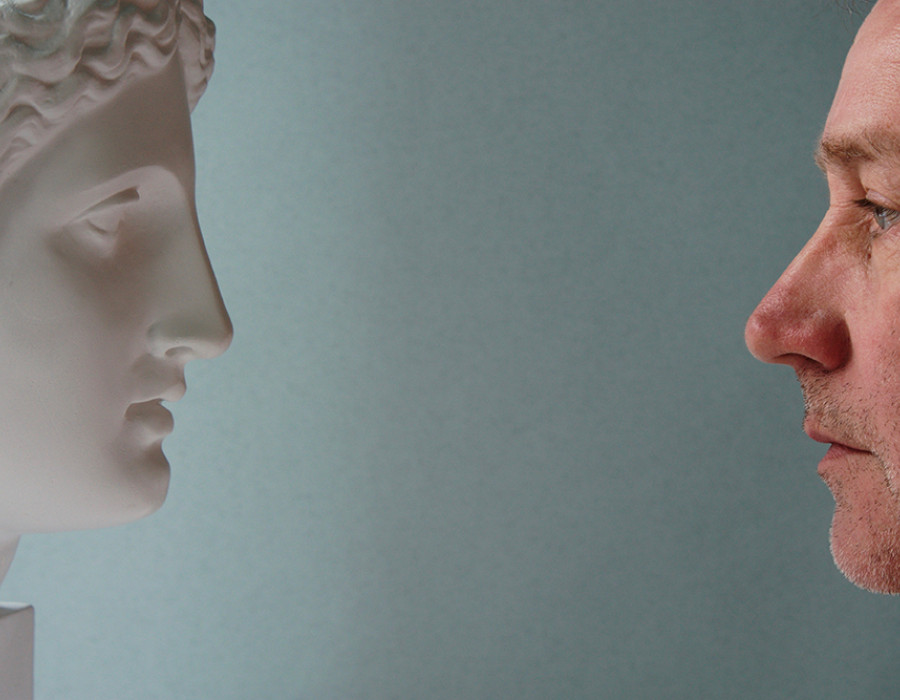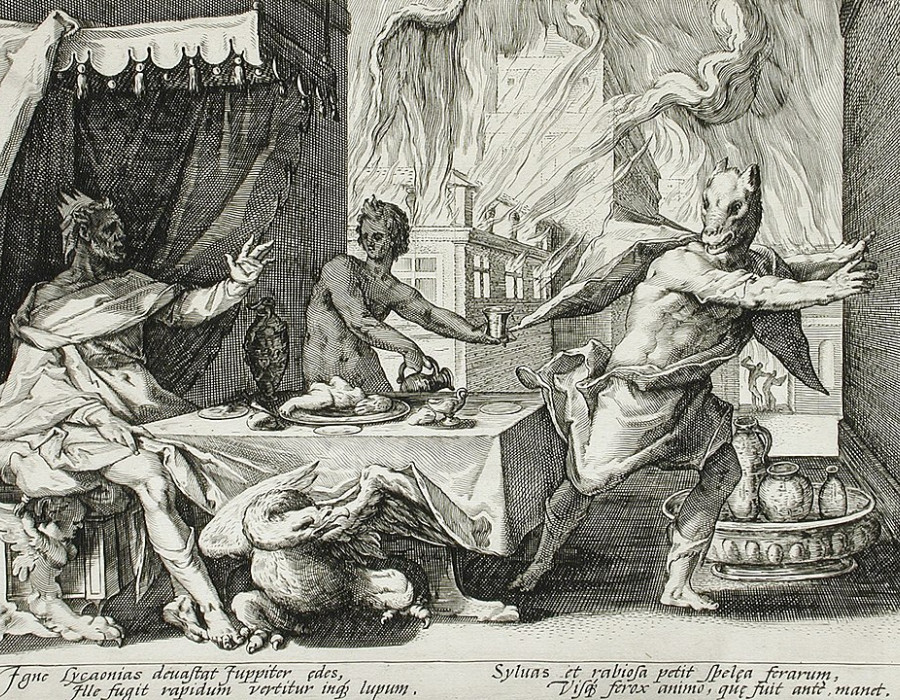
Martin Goodson
The Spirituality of Place
The Alchemy of Transformation
The profound effects of 'place' on human consciousness has connected environments to the transcendental since the dawn of history and culture.

Japanese print of Kami, title: ’Iwato kagura no kigen'
Master Daiyu used to say that the one thing she heard more than anything else from her two Zen teachers was: “Just look at the place where your own feet stand.”
I always used to interpret this saying as synonymous with bringing the wandering focus of attention away from the thoughts and daydreams and to the here-and-now. There is little doubt in my mind that, indeed, this is being inferred; however, maybe the meaning of this saying is not limited to just this interpretation. After all, the place where one’s feet stand is upon the ground which supports us. Even with this interpretation, the ground supports us physically but what effect does it exert upon us mentally and spiritually?
In Roman religion the genius loci or ‘spirit of place’ was the patron and protector of a vicinity and was formally recognised as an entity to be acknowledged and propitiated. In Japanese Shinto, the kami also include many spirits whose presence is located in trees, waterfalls, mountains (most famously Mt. Fuji) as well as the land upon which the home is built. I recall the inauguration of our Zen temple in Luton. The ceremony started outside, with a petition to the local tutelary deity asking permission to found the temple on the land and to ask for its protection.
It’s easy to ignore such practices (note that I’m not saying ‘beliefs’ - a way of marginalising spiritual practices which the vast majority of humankind have deemed of importance). But are we not ‘infants’ taking our first steps in a matrix of Buddhist teachings and practices of which we are only scratching the surface? Are we not obliged to explore the ramifications of spiritual lore and practices before we make up our minds as to their value - as the Buddha advised the Kalamas?
Folklore is replete with stories of trolls under bridges, dragons and wyrms in wells and lakes, fairies in trees and, of course, the ever-present dead who haunt the places of their significant life events. However, the personification of spiritual power in a landscape is not the only way that this ‘power’ has been envisaged.
The Gothic Revival of the British Victorians extended well beyond building styles to the atmosphere of places. Ladies and gentlemen of the era would seek out ivy-covered ruins which, courtesy of Henry VIII, litter the British countryside for their special air of melancholia. They would make a pilgrimage to experience a yearning nostalgia for a medieval past that had been lost in a post- industrial landscape. The important thing was the necessity to actually go to the place in order to experience this ‘air’, something that cannot be replaced by armchair viewing of the many popular prints of such ruins. I recall being in New York two years after 9/11 and visiting ground zero. Along with many others, paying our respects but also hallowing the place by making this pilgrimage.
In fact, the notion of the impact of place on psyche has survived in our own culture in the 20th Century in the form of what came to be called psychogeography. This ‘movement’ originally started with the surrealist movement who with their central idea that all creativity arose from the unconscious were interested in how unconscious contents were projected onto localities. This exploration was taken up later by the Dadists and Lettrists. Guy Debord, founder of the Situationist International movement coined the term psychogeography to mean:
“The study of the precise laws and specific effects of the geographical environment, consciously organized or not, on the emotions and behavior of individuals.”
(Introduction to a Critique of Urban Geography by Guy-Ernest Debord)
Psychogeography set out specifically to critique urban or ‘built’ environments and the effect on people. For the Situationists and Lettrists, this critique was politically based as it was on an intersection between psychoanalysis and Marxism. However, the practical application of this idea was not lost on behavioural psychology and town planners when it came to the ability to ‘nudge’ the behaviour of individuals and crowds. Examples of how an environment can be altered to change the behaviour of inhabitants include, making general waste bins (black bins), smaller and recycling bins larger which encourages households to recycle more. Gateshead council, in the North of England, reduced the number of holes in the salt shakers in their fish and chip shops to reduce the salt intake of the customers. More controversial ‘nudges’ include putting barriers on park benches creating individual seats in order to discourage the homeless sleeping within a particular area.
The practisers of psychogeography ‘drift’ around an environment, usually in a random way, whilst critiquing the purpose of the style and layout of buildings and objects within it.
This may seem a long way from our original discussion around the genius loci, but the link between place as having agency and even acting as an attractor of people and events through history has been written about in the writings of people like Iain Sinclair, Peter Ackroyd and Will Self, who have all incorporated the ideas of psychogeography into their work.
Creating ‘meaning’ in a landscape goes back a long way, given the discoveries by archeologists, about our iron age ancestors. Here in the UK, we have earthworks, tracks, avenues, monoliths. Even Stonehenge is only one part of a vast ritual space used for ceremonial practices that will probably now never been known. This use of landscape is by no means limited to our part of the world. Borobador, in Indonesia, is a vast edifice, a stupa that is crowned by multiple stupas up which the pilgrim walks past stone reliefs depicting the life of the Buddha. At the top, the true nature of the emptiness of the dharmas (elements of reality), are symbolised by hollow stupas. The ‘performance’ of the rite of pilgrimage helps perfume the hearts and minds of the devotees to see into the nature of reality. Meanwhile the Aboriginal Australian walks the Song-lines of the Dreamtime Ancestors.
Marking the landscape so that it can be read, like an unfurled scroll, is not just linked to the urban psychogeographer. In a passage from Witchcraft and Secret Societies of Rural England’ by Nigel Pennick, we have this from his chapter on the practices of the drovers - who moved herds of cattle all around the country before the advent of the railways:
“When one travels through the landscape of England and Wales today, one often comes across small groups of pine trees standing isolated from other trees. These are always Scots pines (Pinus sylvestris), which grow closely together. Not far from where I am writing this, at a junction of major trunk roads, stands such a group, three living trees and one that is now only standing deadwood. Along the routes where the herds passed were farms where the drovers could pasture animals overnight to feed, for a payment to the farmer. Many inns stood close by where drovers would stay the night. These stopping places were usually marked by clumps of Scots pines, visible from considerable distances in open country. In a few places other kinds of notable tree were planted as stance markers. On the chalklands in the south, yews were mark trees and at Naphill Common near High Wycombe, a rare Portuguese laurel marked the stance (Toulson 1980, 28)”
What is of interest here is the survival of the experience that places in the landscape have an effect upon the psyche. Whether this is in the animistic worldview of the genius loci and the complex ecology of the fae (fairy folk), that intersects with the ecology of the land or the materialistic worldview of the 20th Century art movements and environmental psychology.
This sense of place is further refined in Chinese religion. In the same way that a person cannot enter the same river twice, the nature of impermanence means that places change continually. Thus, there is a ‘situation’ that we enter into, in this place and at this time, and that this situation has a ‘way’ to it. The late Trevor Leggett, the British Judo pioneer and a deeply religious man, once remarked that there is a Dharma of staying and a Dharma of going. If it is the Dharma of staying and I get up and go, then the Dharma is transgressed. If it is the Dharma of going and I stay, then again the Dharma is transgressed.
It is the ability of the Zen student to ‘see’ the way in any situation, in every place and to move in accord with it. This requires the need to develop the skill of ‘reading the signs’.
Many years ago, I was taking over the administration of running a Buddhist summer school. My mentor drove us both to visit the guest sister of a large British sangha to ask about them sending someone to teach. I was instructed that there was a protocol to observe. We were to spend some time asking about the news of the monastery and also to relay any news from our society. I was intrigued to see how this would all work and wondered if I would pick up the signals. We arrived and were welcomed in and drinks prepared and served. We talked together relaying the news for about half an hour. At one point there was a natural pause and I felt a distinct change in atmosphere. The nun looked up and said: “Shall we get down to business?” This was such a distinct experience that just came into consciousness that it really stuck with me.
The late Master Daiyu said that when she was training in Japan she used to visit a friend who was the priest of a small temple in Kyoto who wanted to improve his spoken English. She said there was nothing particularly impressive about him but his wife was quite special. They would be talking together for an hour or so, and just as she began to think, “A cup of tea would be lovely about now.”, there would be a tap on the screen door, it would slide to one side and there she was with the tea tray!
Part of training in what is called ‘mindfulness’ or ‘awareness’ is not just a matter of observation but observance in the way of ‘religious observance’, which is the ability to read those signs, of the situation and be able to respond in kind.
This ability is a requirement for the Bodhisattva path and is needed to develop skillful means in order to be of benefit to all beings.


